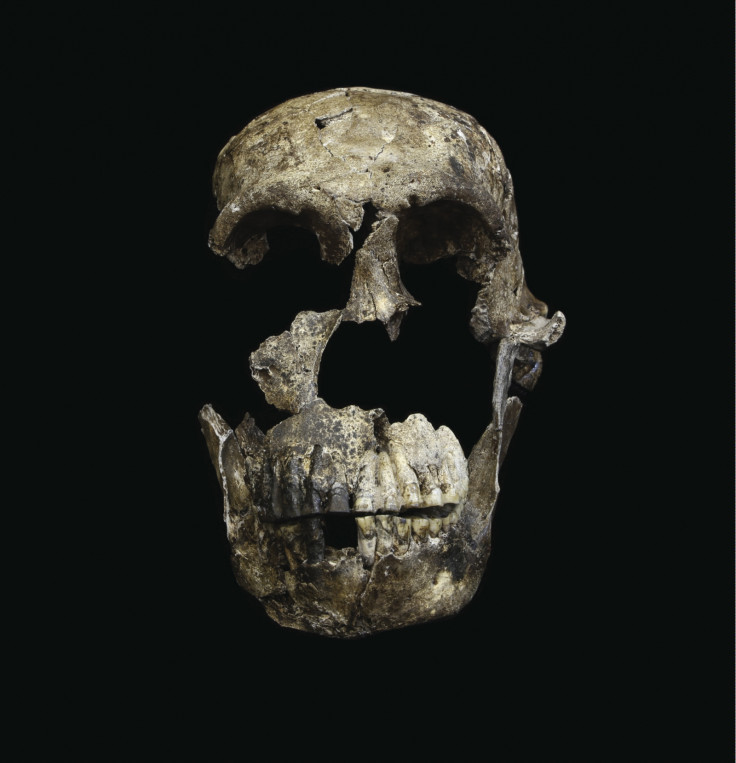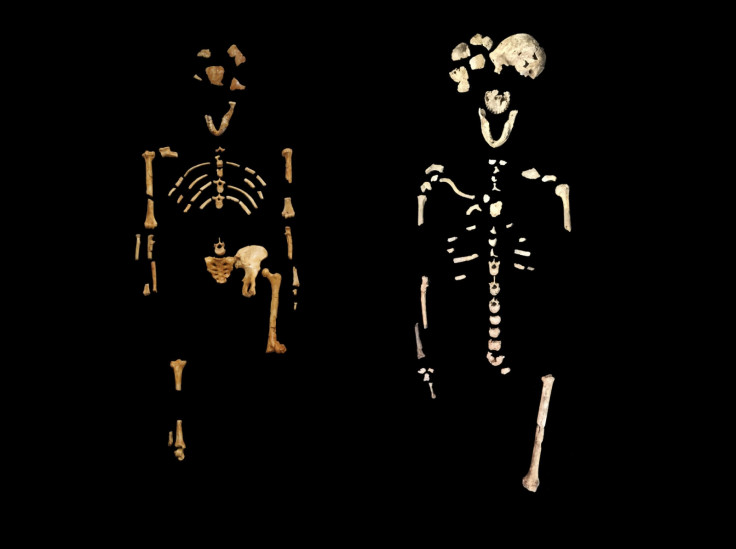Homo Naledi: Mystery human species lived alongside Homo Sapiens
More fossils of the elusive species were recently found in a dark cave chamber in South Africa.
More fossils of the mysterious hominin species Homo Naledi have been identified in the Rising Star Cave system in South Africa, scientists have announced. They say that these human relatives were alive between 335,000 and 226,000 years ago, and likely lived alongside modern humans.
Remains of H. Naledi were first discovered between 2013 and 2014, deep in a South African cave. At the time, researchers unearthed more than 1,500 fossils representing at least 15 individuals – the largest collection of a single species of ancient human relatives ever found on the African continent.
The discovery has not ceased to fascinate – and puzzle – scientists ever since. H Naledi morphological traits and small brain size suggested that this was an ancient, primitive human species that may have lived any time between 2 million and 100,000 years ago.
However, this questions of the fossils' age had remained unresolved until now. There were also many interrogations about the species evolution and how it ended up in the cave.
Alongside Homo Sapiens
In a series of papers now published in the Journal eLife, scientists investigated all these issues further. Perhaps the most striking discovery they present is that the fossils are much younger than previously thought.
A team led by Paul Dirks from the James Cook University in Australia measured the concentration of radioactive elements and the level of radioactive decay in three fossilised teeth, as well as in the sediments and rocks inside the Dinaledi Chamber – where the fossils were first discovered in 2013-14.

This is at present one of the most precise and reliable method for dating samples, made all the more robust here by the fact the scientists had independent laboratories around the world carry the analyses. The experts didn't know which samples came from the cave and which were 'controls'.
The findings suggest that H Naledi fossils are between 236,000 and 335,000 years old. This mean that the species might have coincided with the earliest members of our own species – Homo Sapiens – which most likely evolved around that time. The findings open up new questions
Hiding the deceased
In a separate study, another team also reports on the discovery of new fossils in a deep chamber of the Rising Star Cave system (nearly 100 metres away from the Dinaledi chamber) – known as the Lesedi Chamber.
About 130 fossils were found in the Lesedi chamber, likely belonging to three individuals, one child and two adults. One of the adults is particularly well preserved, with a nearly complete skeleton. It has been called "Neo" – the Sesotho word meaning "a gift". The researchers believe they will find more remains as the excavation progresses.

The scientists note that the Lesedi chamber is small, pitch dark and very difficult to access. This gives credit to the theory that the bodies were deliberately laid to rest inside and that H Naledi was hiding its dead.
"The discovery likley adds weight to the hyposthesis that Homo naledi was using dark, remote places to cache its dead," explained John Hawks (Wits University), leader of the research team at Rising Star. "What are the odds of a second, almost identical occurrence happening by chance?"
This behaviour may be a sign of the emergence of a primitive culture and suggests that the species may have been more intelligent than was previously hypothesised.
© Copyright IBTimes 2025. All rights reserved.






















